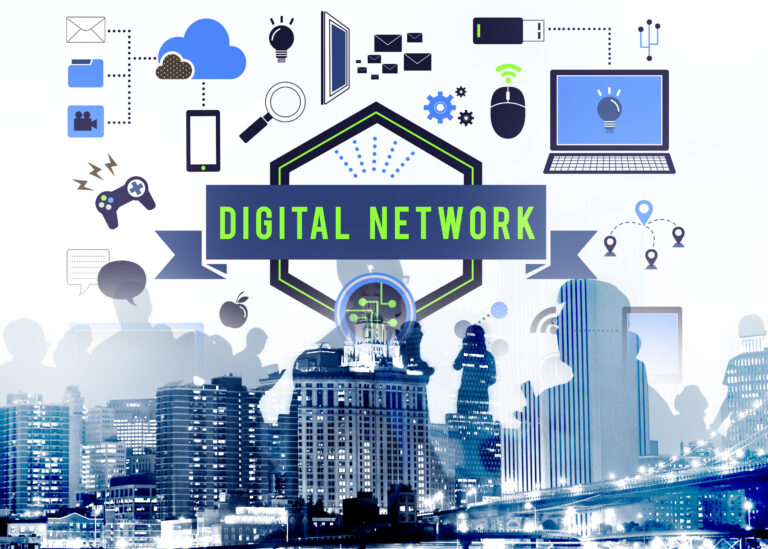The Role of Technology in Enhancing Learning
Technology has become an integral part of education, revolutionizing the way we learn and teach. From digital classrooms and online resources to interactive tools and personalized learning experiences, technology is enhancing learning in numerous ways. Here’s how technology is shaping the future of education and empowering students and educators alike.
Digital Classrooms and Online Learning
The advent of digital classrooms and online learning platforms has made education more accessible and flexible. Students can now attend classes from anywhere in the world, breaking down geographical barriers to education. Platforms like Coursera, Khan Academy, and edX offer a wide range of courses from top universities and institutions, enabling lifelong learning.
Online learning also allows for asynchronous learning, where students can access course materials and complete assignments at their own pace. This flexibility is particularly beneficial for working professionals, parents, and those with other commitments.
Interactive and Engaging Tools
Technology has introduced a variety of interactive tools that make learning more engaging and effective. Smartboards, virtual labs, and simulation software allow students to visualize complex concepts and experiment in a virtual environment. These tools cater to different learning styles, making it easier for students to grasp difficult subjects.
Gamification is another trend that leverages technology to enhance learning. Educational games and apps turn learning into a fun and competitive activity, motivating students to participate and learn actively.
Personalized Learning Experiences
One of the most significant advantages of technology in education is its ability to provide personalized learning experiences. Adaptive learning technologies use data and algorithms to tailor educational content to each student’s needs and learning pace. This personalized approach ensures that students receive the support they need to succeed, whether they are struggling with a particular topic or advancing quickly through the material.
AIdriven tutoring systems and chatbots offer instant feedback and assistance, helping students understand their mistakes and improve their skills. These technologies create a more customized and effective learning experience.
Collaboration and Communication
Technology has enhanced collaboration and communication in education. Digital tools like Google Classroom, Microsoft Teams, and Zoom facilitate communication between students and teachers, enabling realtime feedback and support. These platforms also support collaborative projects, allowing students to work together, share ideas, and learn from one another.
Virtual study groups and online discussion forums create a sense of community among students, fostering peertopeer learning and support. This connectivity enhances the overall learning experience and helps students feel more engaged and connected.
Access to a Wealth of Information
The internet has made a vast amount of information readily available to students. Online libraries, academic databases, and educational websites provide access to a wealth of resources that support learning and research. Students can easily find information on any topic, expanding their knowledge beyond the classroom curriculum.
Open educational resources (OER) are particularly valuable, offering free and openly licensed educational materials that can be used, adapted, and shared by anyone. OERs democratize education by providing highquality resources to learners around the world.
Enhanced Assessment and Feedback
Technology has improved the assessment process, making it more efficient and comprehensive. Digital assessments, such as online quizzes and tests, provide instant feedback, allowing students to learn from their mistakes and teachers to track progress in realtime. These assessments can also be designed to adapt to the student’s level, providing a more accurate measure of their understanding and abilities.
Advanced analytics and datadriven insights help educators identify learning gaps and tailor instruction to meet the needs of individual students. This datadriven approach enhances the effectiveness of teaching and supports student success.
Conclusion Technology is playing a pivotal role in enhancing learning, making education more accessible, engaging, and personalized. Digital classrooms and online learning platforms provide flexibility and accessibility, while interactive tools and gamification make learning fun and effective. Personalized learning experiences ensure that students receive the support they need, and digital collaboration tools enhance communication and teamwork. With access to a wealth of information and improved assessment methods, technology is transforming education and empowering both students and educators. As technology continues to evolve, its potential to further enhance learning and education is boundless.






